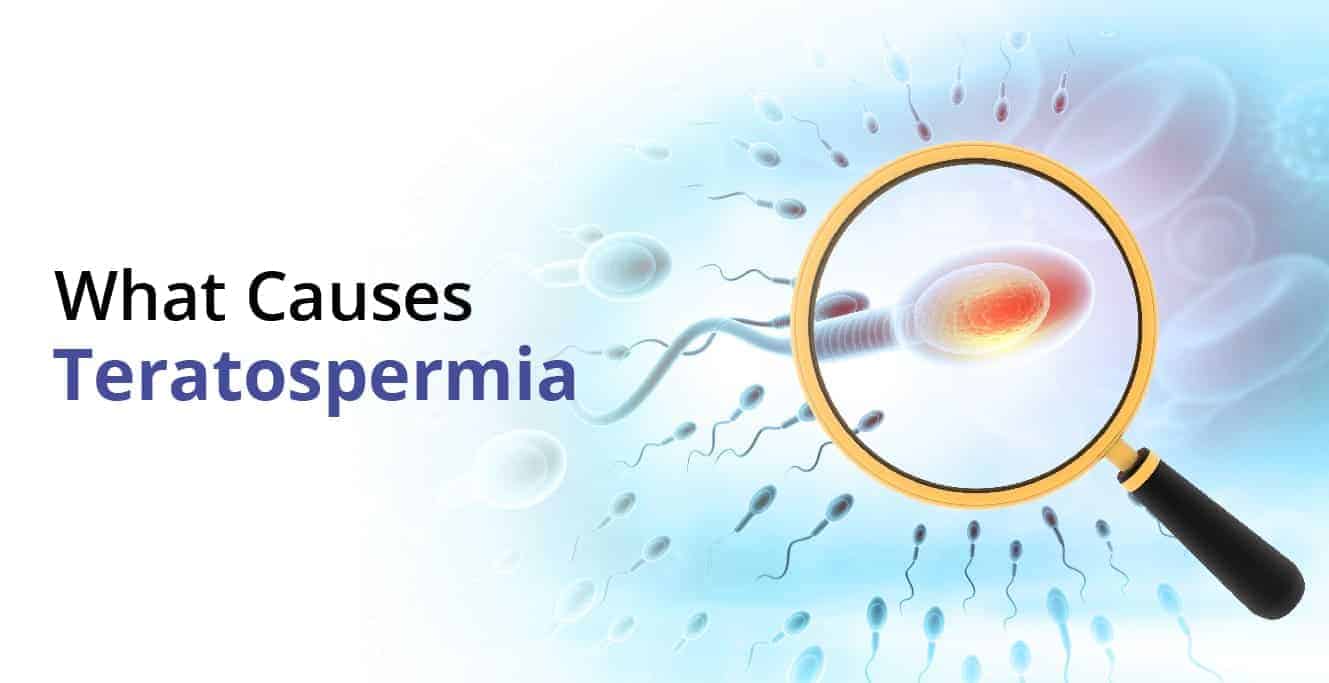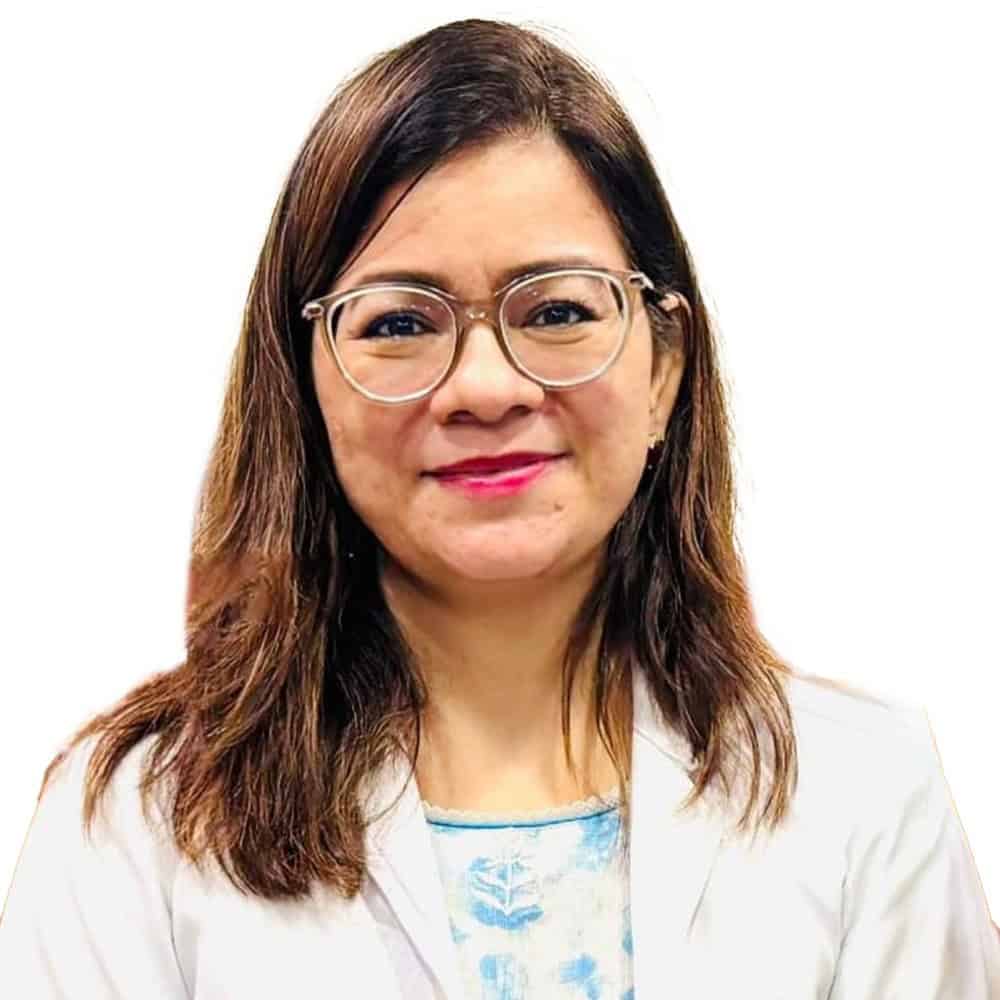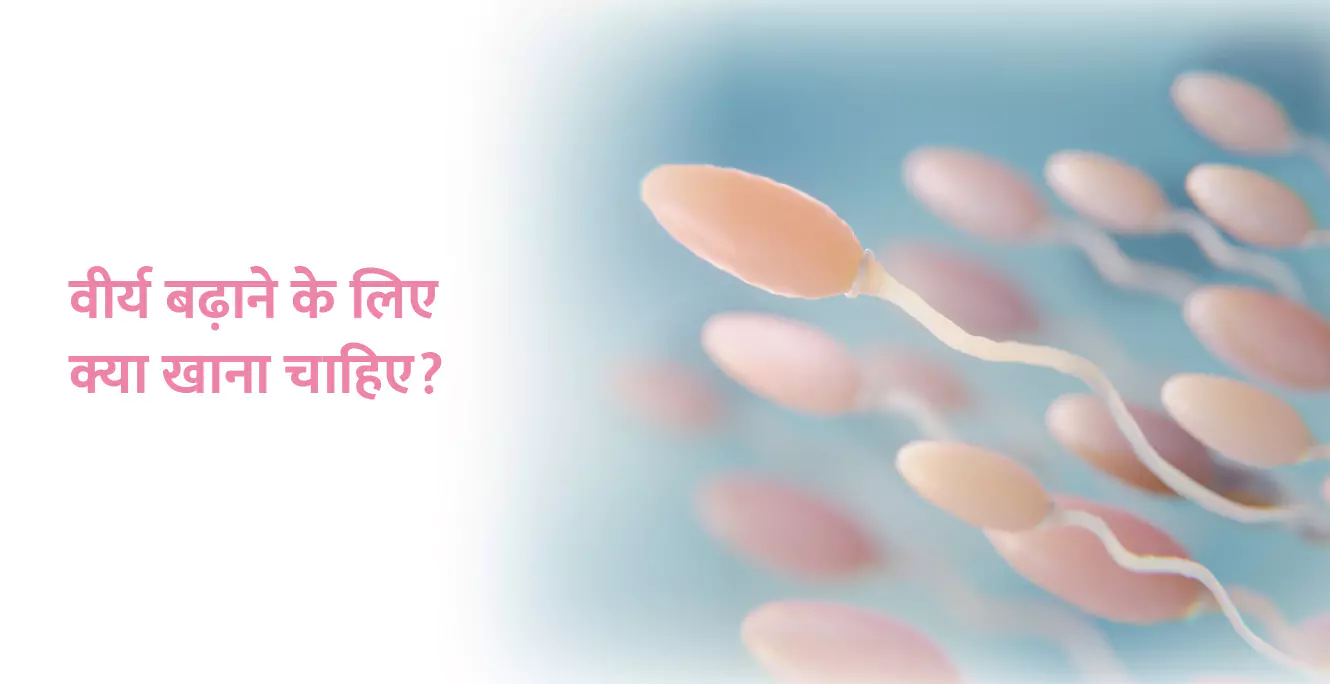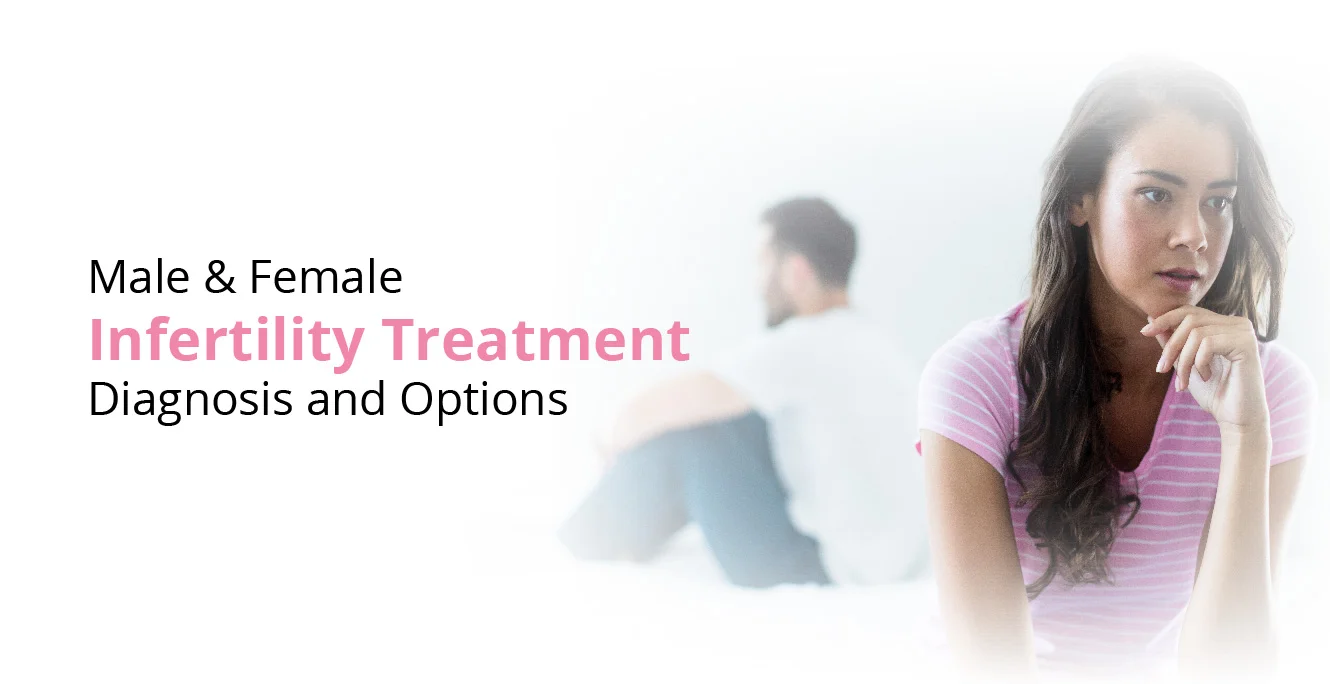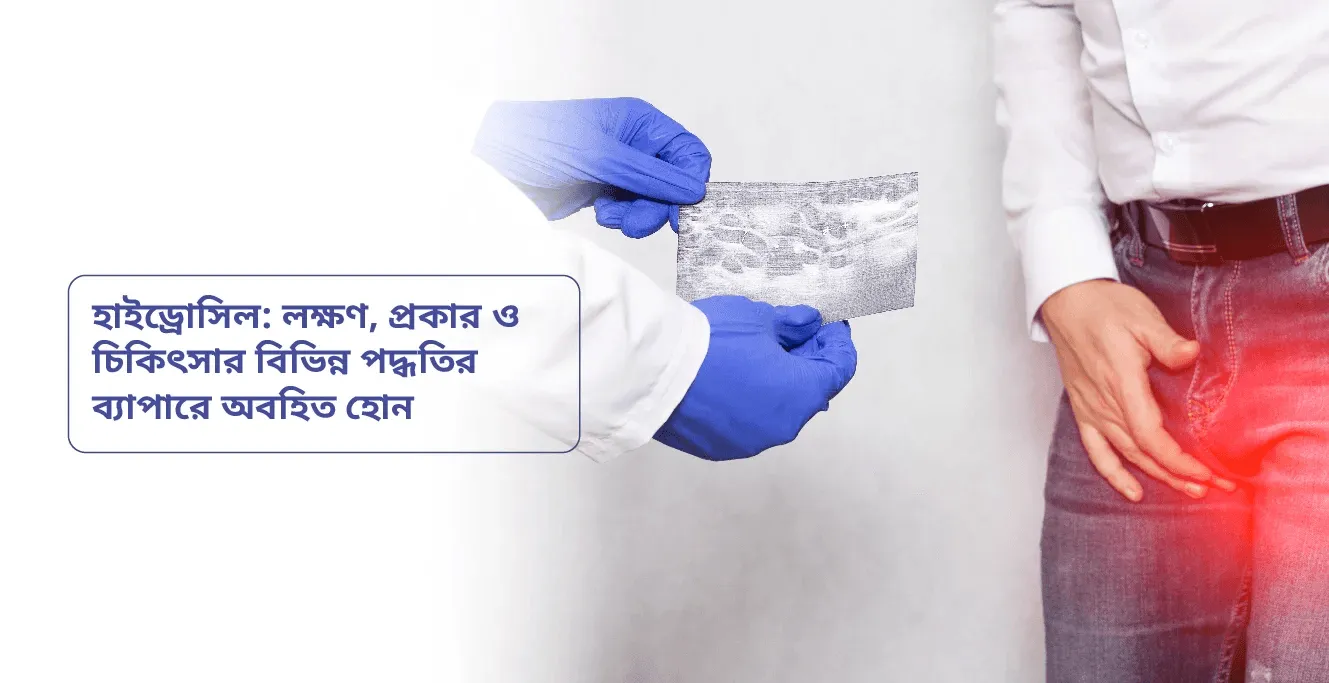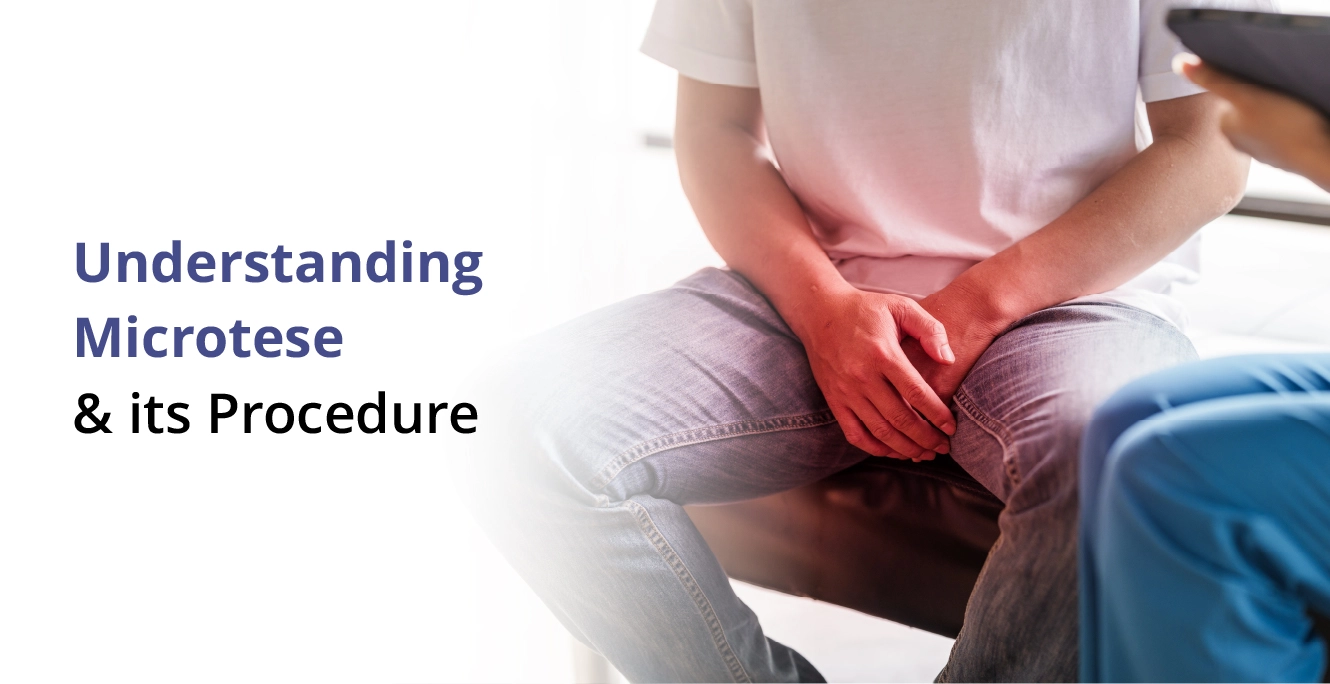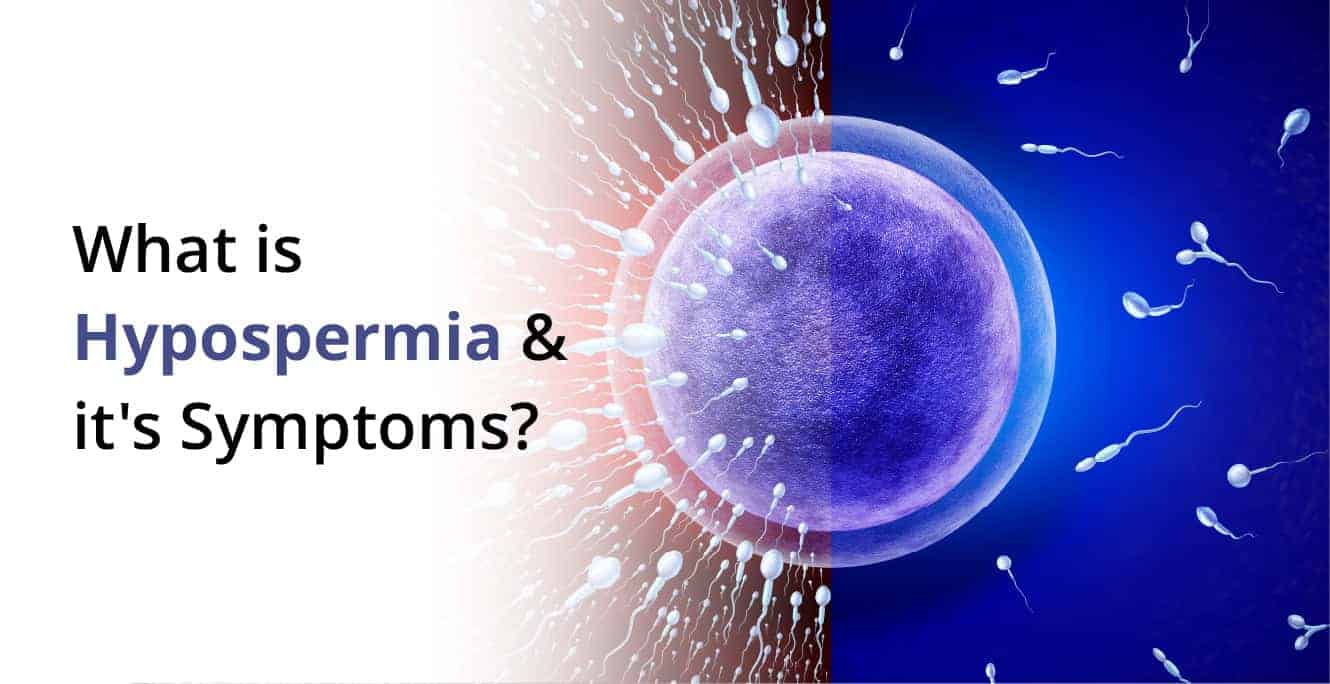Teratospermia is a condition characterized by the presence of sperm with abnormal morphology that affects fertility in males. With Teratospermia achieving pregnancy might not come as easy as we think. In simple terms, Teratospermia refers to the abnormality of the sperm i.e the size and shape of the sperm.
What is Teratospermia?
Teratozoospermia (or teratospermia) is when a high number of sperm have an unusual shape. This can make it harder to conceive naturally since sperm need the right structure to swim and fertilise an egg effectively.
The World Health Organisation (WHO) says that for sperm to be considered normal, between 4% and 14% should have the right shape. If less than that is properly formed, it’s diagnosed as teratozoospermia—which can lower the chances of conception.
Who Can Get Teratospermia?
Teratozoospermia can happen to any man, but some factors make it more likely. It’s often linked to:
- Age: Older men may experience a decrease in sperm quality, including sperm morphology, as part of the natural ageing process.
- Family history: If there’s a history of infertility or sperm abnormalities in the family, there may be a higher risk of developing teratozoospermia.
- Occupation: Men working in high-risk environments with exposure to chemicals, heavy metals, or radiation may be at a higher risk.
- Previous medical conditions: Men who have had certain infections, surgeries, or conditions like mumps, sexually transmitted infections (STIs), or undescended testicles may be more prone to sperm abnormalities.
Most men only find out they have teratozoospermia when they face fertility issues and undergo testing.
How Does Teratozoospermia Affect Fertility?
Teratozoospermia affects fertility by disrupting the normal mechanics of sperm function:
- Sperm motility issues: Abnormal sperm shapes can hinder their ability to swim efficiently towards the egg.
- Difficulty navigating the cervix: Sperm with irregular forms may struggle to pass through the cervix and into the fallopian tubes.
- Problems with egg penetration: Abnormal sperm may have trouble attaching to or penetrating the egg’s outer layer, preventing fertilisation.
- Reduced fertilisation rates: When a significant proportion of sperm are misshapen, the chances of successful fertilisation are greatly diminished.
What Causes Teratospermia
There are many reasons why a man might have teratozoospermia:
- Genetic factors: Genetic mutations or chromosomal abnormalities can lead to teratozoospermia. These genetic issues can alter how sperm cells develop and are shaped.
- Hormonal imbalance: When a man’s hormones, especially testosterone and other reproductive hormones, are imbalanced, it can impact sperm morphology and overall semen quality.
- Varicocele: Varicocele is when the veins in the scrotum get enlarged. It is a common cause of male infertility and can contribute to teratozoospermia by affecting sperm quality and shape.
- Environmental factors: Being exposed to environmental toxins, like pesticides and heavy metals, can damage sperm DNA and lead to morphological abnormalities.
- Lifestyle factors: Lifestyle factors play a significant role in sperm health and morphology. Here are some habits and conditions that can negatively affect sperm quality:
-
-
Smoking and substance abuse: Smoking and using substances like alcohol and drugs can negatively impact sperm quality and shape.
-
Poor diet: Not eating enough essential nutrients and antioxidants can affect sperm health. Foods rich in L-carnitine and antioxidants are recommended to improve sperm quality.
-
Too much heat: Exposure to excessive heat, like from saunas, tight clothing, or working in hot environments, can increase testicular temperature and affect sperm morphology.
-
Obesity: Being obese is linked to hormonal imbalances and increased oxidative stress, both of which can impact sperm quality.
-
-
Medications: Some medications, including those used for chemotherapy and radiotherapy, can have negative effects on sperm morphology and overall fertility.
What are the Types of Teratospermia?
There are different levels of teratozoospermia based on how bad it is and how it affects fertility.
Mild Teratozoospermia
In mild cases, 86% to 90% of the sperm look different. Even with such a high percentage of abnormal sperm, men with mild teratozoospermia still have a decent shot at getting their partner pregnant naturally. But fertility doctors may keep a closer eye on things or suggest some extra help to boost the odds of pregnancy.
Moderate Teratozoospermia
With moderate teratozoospermia, only 5% to 9% of the sperm in the semen look normal. This makes it a lot harder to conceive naturally. Fertility specialists often recommend procedures like In Vitro Fertilisation (IVF) along with Intracytoplasmic Sperm Injection (ICSI) to help things along.
Severe Teratozoospermia
In severe cases, 96% or more of the sperm are abnormal. Getting pregnant naturally is highly unlikely in these situations. Advanced treatments like Intracytoplasmic Morphologically-selected Sperm Injection (IMSI) are usually recommended to pick out and use the few normal-looking sperm available.
Astheno Teratozoospermia
Astheno teratozoospermia is when the sperm not only look abnormal but also have trouble moving (poor sperm motility or asthenozoospermia). There’s no cure for this, but making some lifestyle changes can improve sperm quality over time. Treatments like ICSI and IMSI are often needed to make a baby.
Oligo Astheno Teratozoospermia
This is an extreme case of low sperm count (oligospermia) as well as a high degree of abnormal-looking sperm along with poor motility. There’s no specific treatment for this type of teratozoospermia, and assisted reproductive procedures are usually the only way to achieve pregnancy.
Symptoms of Teratozoospermia
Teratozoospermia doesn’t really have any specific symptoms. It is usually found during fertility tests when couples are having trouble getting pregnant. There are no physical symptoms or pain associated with this condition, so a semen analysis is a must for diagnosis.
Diagnosis of Teratospermia
If and when a man has teratospermia he will not be feeling any pain therefore, the only way to diagnose teratospermia is by a seminogram. The semen sample is sent to the lab to study the shape of the sperm and the size of the sperm. In the lab, the sperm are stained using methylene blue dye.
What is the Treatment for Teratospermia?
The teratospermia condition is characterized by morphological abnormalities that can impact fertility by reducing the sperm’s ability to fertilize an egg. To combat this condition and help fertility issues, the following are a few treatment options that can be advised by the expert based on the severity of the condition:
Lifestyle Modification
- Diet: An antioxidant-, vitamin-, and mineral-rich diet can help to maintain the general health of sperm. It is advised to limit processed foods and excessive sweets while increasing your intake of fruits, vegetables, and whole grains.
- Exercise: Regular exercise helps promote better overall health, which can subsequently improve sperm ccount.
- Avoiding Toxins: Sperm morphology can be protected by lowering exposure to toxins and chemicals in the environment, both at home and at work.
Medications
- Antioxidants: By lowering oxidative stress, antioxidant supplements including vitamin C, vitamin E, and coenzyme Q10 may improve sperm morphology. These need to be taken while under a doctor’s care.
- Hormone Therapy: Hormone therapy may be recommended to treat hormonal imbalances that are causing teratospermia.
Surgical Intervention
- Varicocele Repair: Surgical correction may be undertaken to improve sperm morphology if a varicocele (enlarged veins in the scrotum) is present and suspected of producing teratospermia.
- Assisted Reproductive Techniques (ART): Ineffectiveness of conventional therapies or severe sperm morphological problems may necessitate the use of assisted reproductive techniques (ART), such as intracytoplasmic sperm injection (ICSI) during in vitro fertilisation (IVF). Bypassing the egg’s inherent barriers to fertilisation, ICSI enables the direct selection and injection of the healthiest sperm into the egg.
Frequently Asked Questions (FAQ)
- Is pregnancy possible with teratozoospermia?
Yes. Pregnancy can be possible in some cases of teratozoospermia, however, it may be more difficult. Sperm with aberrant morphology (shape) are referred to as teratozoospermia. Even though this may lower fertility, conception is still possible. Teratozoospermia-affected couples may need assisted reproductive methods, such as IVF with ICSI, to improve their chances of becoming pregnant. To determine the best solutions, it is advisable to speak with a fertility professional.
- What is the normal range for teratozoospermia?
Teratozoospermia’s normal range is measured by the percentage of sperm with normal morphology (shape), which is often thought to fall within the normal range of 4% or above. Below 4% is frequently regarded as increasing the likelihood of having fertility problems. The precise reference levels, however, could differ between laboratories and fertility clinics. Therefore, it is best and advised to consult a specialist for expert advice.
- Can teratozoospermia affect the baby?
Once conception takes place, teratozoospermia itself does not have a direct impact on the baby’s health. The primary means by which it affects fertility is by decreasing the likelihood of successful fertilization. The baby’s development after conception is typically unaffected by the sperm’s morphology.


